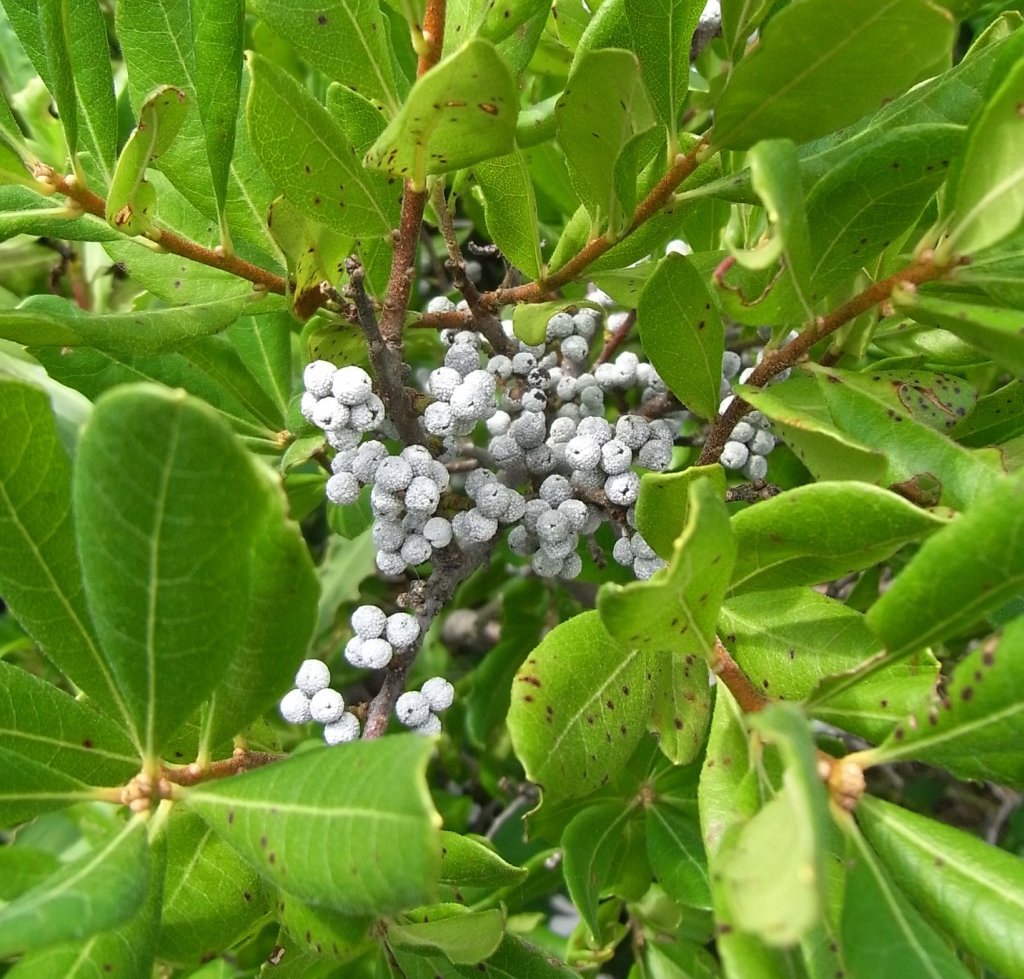Cape May, Naturally is a bi-weekly nature column in the Herald, written by representatives from the New Jersey Audubon.
It is March and certainly blustery, cold days lay ahead no matter what groundhog Punxsutawney Phil has indicated. However, signs of Spring abound with the daffodils and crocuses peaking aboveground and flocks of robins pecking for worms. So even though winter’s wrath may still make an appearance, it is not too early to start making your gardening plans, especially here at the Jersey Cape.


As an environmental conservation organization, the staff at New Jersey Audubon always ties our education efforts to eco-friendly actions. In this column and in an upcoming Cape May County Library program entitled Awakening Your Garden in Spring – An Eco-friendly Approach (held March 28th 6pm – register at https://cmclibrary.org/ ) I will share my “Dirty Dozen” – twelve tips for Spring Prep.
(1) Start with taking the Eco-Pledge: notably for us living here in Cape May County where our natural landscape is directly tied to our economy attracting birdwatchers and nature lovers from around the world, we all need to adopt these practices in our backyards. Small measures make big differences. Keep these ten simple recommendations in mind as you plan and implement your garden.
a) Select wildlife food plants
b) Increase diversity
c) Reduce lawn areas
d) Plant natives
e) Provide water
f) Provide shelter
g) Love bugs – reduce chemicals
h) Go wild
i) Reduce fall clean-up
j) Relax and enjoy
(2) Get outside: Spend some time outdoors in your yard. Jot down your observations of any winter damage and clean-up tasks needed. Draw rough sketches of design ideas and take photographs. Create an inventory of your landscape: sunny/shady spots, wet/dry spaces, empty/overcrowded areas.
(3) Do research: Back indoors in the comfort of your cozy home it is time to dream and figure out next steps. Do you want to add a water feature to your yard? Educating yourself for success and minimizing mistakes later is the result of proper research.
(4) Make a wish list and create plans: Create a shopping list of favorite plants and design elements you would like to incorporate. Some people are intimidated to draw up a landscape plan but remind yourself that gardens are constantly evolving and forgiving. A landscape plan is a “suggestion” and once you are digging, if a shift in the plan is needed, do it!
(5) Start your clean-up: Hopefully you had not cleaned up all the leaf litter and flower stems in Autumn and now in early Spring as the temperature warms the ground, you can carefully begin. First check for winter damage and commerce pruning. Search for the invasive insect eggs and plants and discard them.

(6) Rejuvenate your soil: Making soil adjustments before the planting season will reap benefits tenfold. Raking away old mulch, adding fresh compost and organic fertilizers and then new organic mulches after planting such as shredded leaves, grass clippings and pine straw will reward you with a lush and bountiful garden
(7) Start seedlings indoors: From January to April is the time to be poking seeds into starting mixes and nursing them along to be ready for transplanting outdoors. March is not too late to start the pollinator powerhouse zinnias and warm sunlovers such as tomatoes and peppers.
(8) Groom your garden tools: success in the garden is directly related to having the right tools which are ready for action. Remember CSO: C = Clean, S = Sharpen and O = Oil
(9) Spring pruning: Success in the landscape comes from knowing when to do certain tasks such as pruning. A general rule for Springtime pruning is to do early trimming of evergreen hedges, shrubs that flower is summer or fall and shrubs grown for bright branches such as red-twig dogwoods. When is doubt, “google it.’
(10) Plant woody plants: the backbone of a wildlife garden are the trees and shrubs that provide shelter and food sources. Early Spring is a great time to plant. This will encourage the woody plants to spend energy for strong root development. If you need to transplant a woody specimen, now is the time to do so.
(11) Free plants: Division is a method of propagation by which a clumping perennial is separated into smaller clumps. Once the plant breaks dormancy and new growth is just an inch or two above the surface it’s time to dig up the entire clump and gently breaks apart, replant and spread to new parts of the garden.
(12) Embrace native plants: Spring is about renewal. Why not make this year the time to convert your home landscape to native, wildlife-supporting oasis. Many organizations including New Jersey Audubon’s Nature Center of Cape May hold native plant sales to make bird and pollinator-friendly plants available. Plan you garden with these plants in mind. To see a list of which plants will be available, go to www.njaudubon.org








